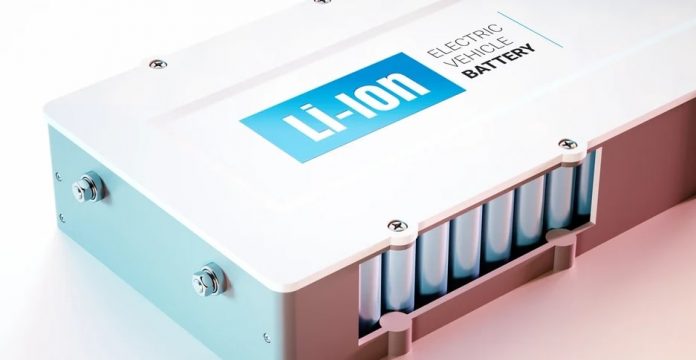Tesla Battery Day 2020: How Affordable Batteries Benefit Renewables
PoliticMag Press Release : September 29, 2020
Solar farms and wind turbines, at utility scale, have been able to produce electricity at a lower cost than coal, which offered the cheapest energy generation for decades. However, fossil fuels deliver electricity on demand, while renewable energy sources like sunlight and wind are variable resources. This is why renewables alone cannot replace fossil fuels, even if the cost per kWh is lower than that of fossil fuels.
Energy storage systems coupled with renewables are now emerging to be one of the key solutions for compensating the variable output. In particular, Lithium batteries are showing promise since their modular design can adapt to every project scale.
Currently, one of the major limitations of Lithium batteries is the high upfront cost as most systems cost over $500/kWh and this exceed $1000/kWh for smaller installations. For instance, a 6kW solar power system for a home would cost around $18,000 excluding any tax credits and incentives. If you want to add 10kWh to the battery capacity, it would cost an additional $8000 to $10,000.
The International Renewable Energy Agency (IRENA) had earlier forecasted that batteries would get 66% cheaper by 2030. However, on Tesla Battery Day, Elon Musk announced a cost reduction of 56% within 3 years for batteries. Also, the investment required for the manufacturing capacity will be cut down by 69%. This will greatly benefit electric vehicles.
How Can Renewables and Affordable Batteries Work Together?
As the cost associated with batteries is reduced, naturally, the number of viable projects for batteries would considerably go up. With 56% cost reduction, the payback period can be roughly cut down by half, and the ROI would go up by twice. Increased demand for batteries would also create more demand for solar panels and wind turbines due to their low-cost electricity production capability with minimal carbon footprint.
Affordable batteries when combined with renewable generation can offer many benefits for businesses as well as homes:
- Higher and improved resilience by making them less reliant on the local power grids.
- Energy bill and gas savings, since most efficient heat pumps can match the cost of gas heaters.
- Reduced environmental footprint.
South Australia demonstrated the potential value of batteries where a 100 MW and 129,000 kWh battery is being used for grid stabilization since December 2007. The system cost was AU $90 million (US $ 63.5 million), but was able to achieve AU $24 million (US $16.9 million) in profits after only the first year of operation. This resulted in payback period of under 4 years, while the ROI above 26%.
Using Battery Systems in Virtual Power Plants and Microgrids
With rise in availability of low-cost batteries, Virtual Power Plant (VPP) would also become more common. A VPP uses a smart control system to link the distributed energy resources and mimics as a centralized power plant by aggregating their total capacity. For better understanding:
- A VPP can aggregate 20,000 solar power systems with batteries, each with 10 kW rated power and 15 kWh rated storage.
- This will result in 200 MW and 300,000 kWh of total capacity.
One interesting experimental concept around low-cost battery and renewables is that electric vehicles can be used as a distributed energy resource. Electric vehicles carry a high-performance battery, which could be connected to a VPP when the vehicle is parked and plugged. This could potentially expand the storage capacity connected to the grid in buildings.
Microgrids can also be formed by combining renewables and batteries for large facilities with multiple buildings. A microgrid uses generation and storage resources, connected by a small-scale power grid that is owned by the same facility. This microgrid can operate by itself and can also be connected to the local power facility for purchasing electricity.







